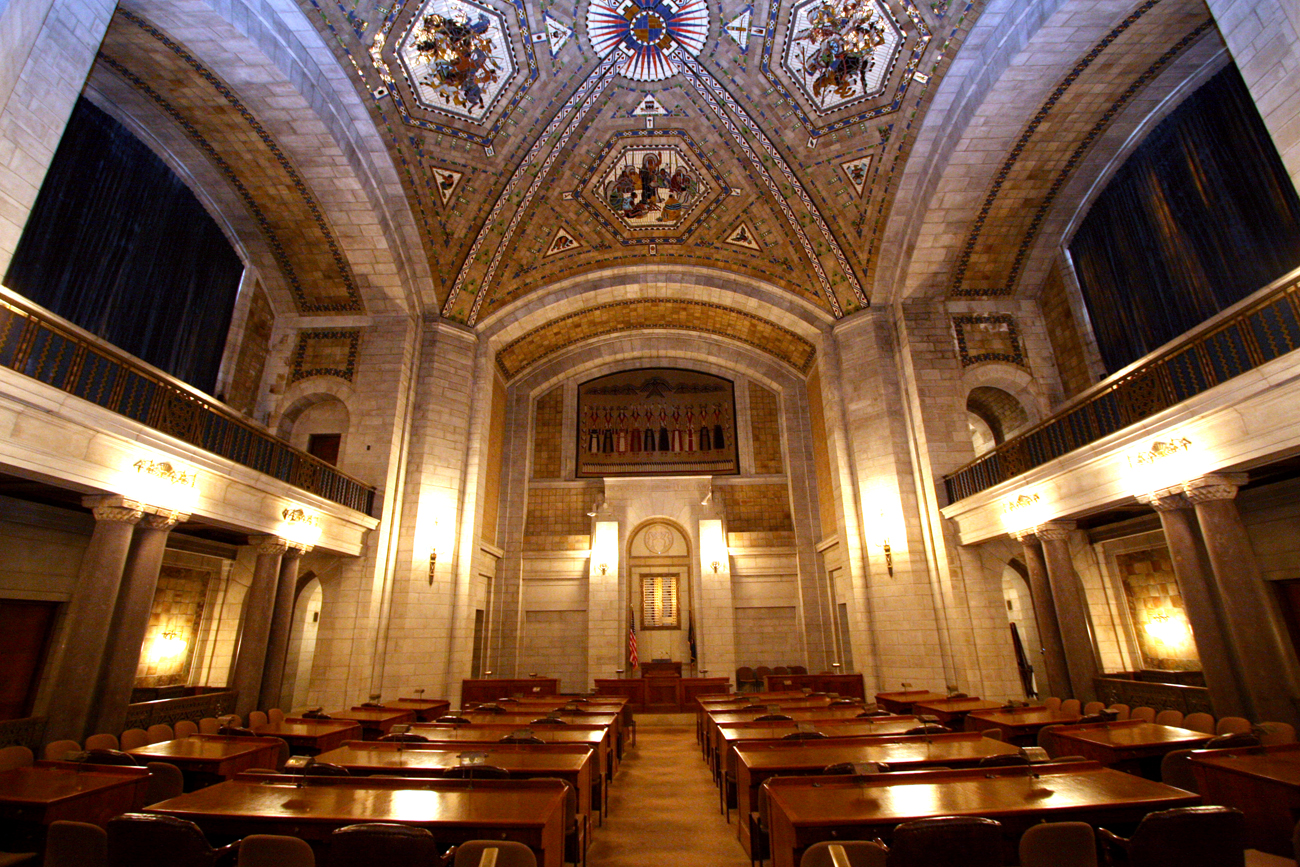NEBRASKA LEGISLATURE
The official site of the Nebraska Unicameral Legislature

Sen. Steve Erdman
District 47
The content of these pages is developed and maintained by, and is the sole responsibility of, the individual senator's office and may not reflect the views of the Nebraska Legislature. Questions and comments about the content should be directed to the senator's office at serdman@leg.ne.gov
June 5th, 2021
The first session of the 107th Legislature has come to an end…well, almost. There remains one matter yet to be resolved by the Unicameral Legislature this year. It is the matter of redistricting. Once every ten years legislative district lines get redrawn in order to better comply with the changing demographics of our state.
Legislative district lines are determined by population. Ten years ago, LB 703 determined that the ideal size of Nebraska’s legislative districts would be 37,272 people. So, the legislative district lines were drawn ten years ago in such a way as to reflect as closely as possible populations of this size. Because the U.S. Census has yet to be released and is projected to come out later this summer, the Unicameral Legislature will reconvene in mid-September for a special session to redraw these district lines.
It is no secret that Nebraska’s rural population has been declining while Nebraska’s urban centers have been growing in population. Nine counties are projected to see growth above five percent when the U.S. Census gets released later this summer and most of these counties represent Nebraska’s urban centers. Meanwhile, Western Nebraska is projected to decline the most in population. Eight counties in Western Nebraska are projected to see population declines in excess of more than five percent, while two counties will see population declines in excess of two and a half percent. Only Banner County is projected to see an increase in population this year in Western Nebraska.
These rural population declines are bad news for folks living in Western Nebraska. While new legislative districts will likely be added to Douglas County and to Lancaster County, legislative district lines in rural Nebraska will likely have to encompass more real estate in order to meet the new population requirement. This means that folks living in Western Nebraska will have even less representation in Nebraska’s Unicameral Legislature.
Nebraska needs to rethink the structure of its state government. This population shift from rural Nebraska to urban Nebraska has been taking place ever since the 1980’s, and the problem has only grown worse over time. Furthermore, the problem is perpetuated by our Unicameral system of government, which is designed only to represent the population and not the individual counties of Nebraska.
When our founding fathers created our federal system of government they split Congress into two houses in order to safeguard America’s smaller, agricultural states from being railroaded by those states with higher populations. The U.S. House of Representatives was created to represent the people, while the U.S. Senate was created to represent the individual states. Consequently, what might be considered good legislation by the people had to be checked by the individual states. James Madison understood this dilemma well and wrote about it in Federalist Paper Number 62 concerning the creation of the Senate saying, “A government founded on principles more consonant to the wishes of the larger states, is not likely to be obtained from the smaller States.”
Nebraska’s Unicameral system of government was enacted in 1937 on the advice of Sen. George Norris of McCook. At that time, the Unicameral system was attractive as a way to save the State money and to make the legislative process more efficient. However, as the rural vs. urban divide continues to grow in our state, returning to the old Bicameral system of government should become increasingly more and more attractive to folks living in rural Nebraska.

The Warner Chamber
Sen. Steve Erdman
P.O. Box 94604
Lincoln, NE 68509
(402) 471-2616
Email: serdman@leg.ne.gov
- Column (383)
- District Info (8)
- Events (6)
- Opinion (2)
- Press Releases (13)
- Uncategorized (4)
- Welcome (1)
-
Appropriations
Committee On Committees
Rules
Building Maintenance

Streaming video provided by Nebraska Public Media